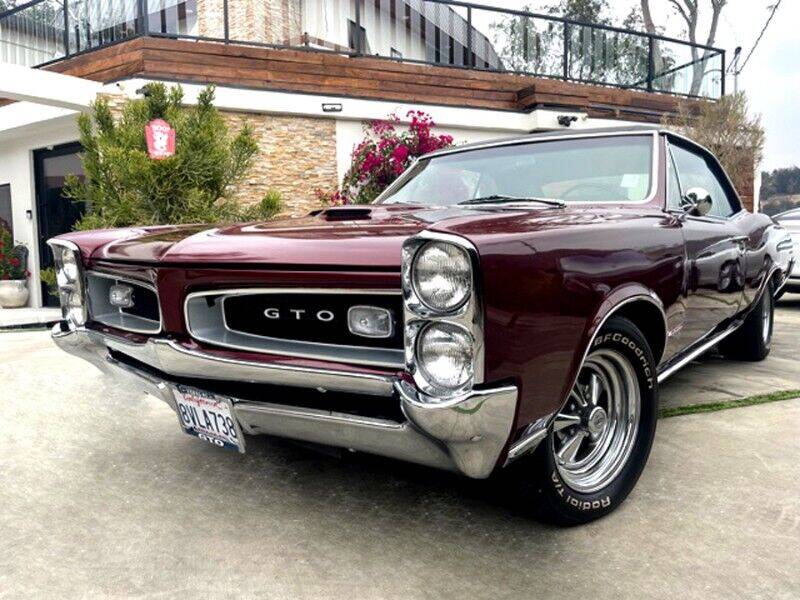
The Ford Mustang is a classic car that has been loved for decades. However, the Dodge Challenger replaces it. Available in both convertible and coupe body styles, the Ford Mustang offers retro-themed style and grin-worthy performance. The Challenger's family-friendly practicality is what the Mustang cannot match. Before you purchase a Dodge Challenger, here are some facts. Let's start with a quick comparison chart!
SRT Hellcat Redeye
The Dodge Challenger SRT Hellcat Redeye can be modified in a number of ways. It has a red badge that features the SRT Hellcat Redeye, rather than the standard Hellcat. This alerts muscle car fans to its high horsepower. Both the regular Hellcat and the new Redeye have the same engine size, but the Redeye's wider tires give it even more traction. The Redeye also accelerates two-tenths quicker than the regular Hellcat with a quarter-mile speed of 10.8 seconds.

SRT Super Stock
The 2020 Dodge Challenger SRT Super Stock is due in dealerships later this year. The name "Super Stock", a class of drag racing that describes cars that look like passenger vehicles but are heavily modified race cars, inspired the name. Dodge offers the SRT Super Stock a 807 horsepower engine, which is the equivalent of a Challenger-based car. This power is equivalent in output to a drag-racer of ten seconds.
GT AWD
The Dodge Challenger GT operates primarily in rear-wheel drive. However, there might be occasions when you need all-wheel driving. The traction control system changes to all-wheel drive depending on external conditions, wheel slippage, and other factors. Dodge Performance Pages are available on the GT. These pages allow owners to adjust engine and transmission settings. Owners have the ability to alter the steering response and throttle response. For better control and handling, they can also change the suspension settings.
R/T
The Dodge Challenger was manufactured in two series, each with a different engine. The base model was an inline-6 engine, with the R/T having a 340 cubic-inch "Magnum" V8 engine. R/T was initially rated at 335 HP, but the compression level was lower and it dropped to 300 HP in 1971. A Special Edition hardtop was offered for the Challenger with added comfort, convenience, or appearance features. The Challenger R/T had a vinyl roof and a smaller rear window. There were also "SE" medallions at the pillars.
Plus Shaker
R/T Plus Shaker became the first Challenger with R/T DNA. It features a 5.7L VVT engine with HEMI VVT, a new suspension system, as well as a performance-tuned brakes system. R/T Plus Shaker includes a new multi-displacement and R/T badge. What sets it apart from R/T Challengers?

50th Anniversary model
The Challenger 50th Anniversary model is an all-new car for 2019. This version is different than previous iterations. The Challenger 50th Anniversary model comes with heated leather seats and suede inserts. The gauges and console bezels have real carbon-fiber trim. A 1970 Challenger is shown in a new animation. This car is limited to 70 units.
FAQ
Is it worth learning to be a mechanic?
The answer to this question will depend on your goals for life. If you are looking for financial gain, then yes. However, if purpose and meaning are what you seek, then no.
If you don’t possess any mechanics skills, you won’t be able to do it. It will not make you rich. It's unlikely that you will be famous. It is unlikely that you will be made famous.
This would require you to spend many years learning how to properly do everything. Also, you would need to hire someone else to fix it if it broke down. This is why most people don’t bother. They find something better to do instead.
Summarising, if your goal is to make lots of money, go for it. But if you want to live a meaningful life, stay away from the mechanic's industry.
Is it hard to get a job working as an auto mechanic?
Yes, it can be very easy. Garages often advertise their jobs online and people just apply because it seems fun. If you want to get your foot in the door, you should try applying for a few places and see if they accept student applications. If you don't know anyone working in the industry, ask your friends and relatives. They may be happy and willing to recommend someone.
What are the requirements for an automotive technician?
High school graduation or GED is required with excellent grades in English and math. You must also be able to read, and write. The written test will be passed and you will then have to take several practical exams before you can begin work.
Statistics
- There were 749,900 jobs available for automotive service technicians and mechanics in 2016, which is expected to grow by six percent through 2026. (jobhero.com)
- 52% of Mechanics in the United States think their salaries are enough for the cost of living in their area. (indeed.com)
- The U.S. Bureau of Labor Statistics (BLS) reports that the job outlook for automotive service technicians and mechanics is expected to decline by 4% from 2019 to 2029. (indeed.com)
External Links
How To
How to diagnose your vehicle properly for repair
Before you can determine if your car requires repairs, it's important to first analyze the symptoms. These steps will help you diagnose your car properly.
-
Check engine lights. Check the dashboard light indicators such as the engine light indicator, the oil pressure gauge, the battery light indicator, the coolant temperature gauge, and the RPM gauge. You may have a problem with your vehicle if any of the indicators are flashing for more than a few days.
-
Check the treads of your tires. If the tires are worn out, they could cause problems with handling and braking. It is also important to inspect the wheel treads. They should be clean and smooth. The best way to do this is to remove the wheels and take them off. Use a flashlight to see how well the treads are worn.
-
Check the level of brake fluid. It is important to keep track of how much brake fluid you have in your car. You can ensure that your brakes are working properly by monitoring the level of brake fluid in your vehicle. Low brake fluid levels could cause your brakes to fail when you apply pressure.
-
The suspension system should be tested. Vehicles usually have a suspension system that helps absorb shocks and vibrations while driving. It allows for better control, smooth acceleration, and deceleration. You might notice a wobbly feeling or uncontrollable shaking in your vehicle if it has a problem with its suspension. To determine whether your vehicle may have a suspension issue, you can try to put weight on the rear or front axle and watch the movement.
-
Take a look at the steering column. Steering columns are used to connect the steering wheel to the rest of the vehicle's components. Sometimes, steering columns are damaged by accidents. You should replace your steering column if it feels loose or unstable.
-
Pay attention to the exhaust pipe. The exhaust pipe helps move gases from a combustion chamber into the atmosphere. You can let harmful fumes into your home if your exhaust pipes crack or leak. Additionally, your tailpipe should be fixed immediately if it is bent.
-
Take a look under your hood. Look underneath your hood to see if anything looks strange. Leakage of fluids in your engine could indicate that it is leaking. In addition, if you notice an unusual smell coming from your engine compartment, you should contact a professional technician.
-
It is important to inspect the air filter. The air filter in your vehicle collects dirt and dust from the environment. A dirty filter can lead to a poor vehicle's performance. Replace your air filter regularly.
-
Check the fan belt. Your vehicle's fan belt connects the engine to the transmission. If the fanbel breaks, your engine won't turn. Replacing the belt is simple. You only need a screwdriver or pliers to replace your belt.
-
Make sure you inspect the radiator hoses and hoses. The radiatorhose carries water from your radiator to the engine. It can become cracked or damaged and leak hot liquid onto your engine. You only need a pair of needle-nose pliers and a small wire brush to repair the hose.
-
Be sure to inspect your windshield wipers. Windshield wipers use electricity to clean away snow and rain. If they stop working, they could leave streaks on your window glass. The solution is to change the washer fluid.
-
Make sure you check the cables. The batteries provide power to the electrical systems within your car. Always disconnect the negative wire before you replace batteries. Failure to do so can damage your alternator.
-
You should check the headlights. Headlights help you see the road ahead. It can lead to poor visibility if they aren't working properly. To determine if your bulbs are out of date, check them.
-
Make sure you have your lights on. Lights warn other drivers when you approach them at night. If one doesn't work, it could distract you and lead to an accident.
-
Check your brakes. Before you have a collision, brakes slow down your car. You may lose control of your vehicle and crash if the brakes don't function properly.
-
Check the oil regularly. Your engine will stay lubricated by the oil. It helps keep metal parts from getting too worn down. It is recommended to change the oil once a month.